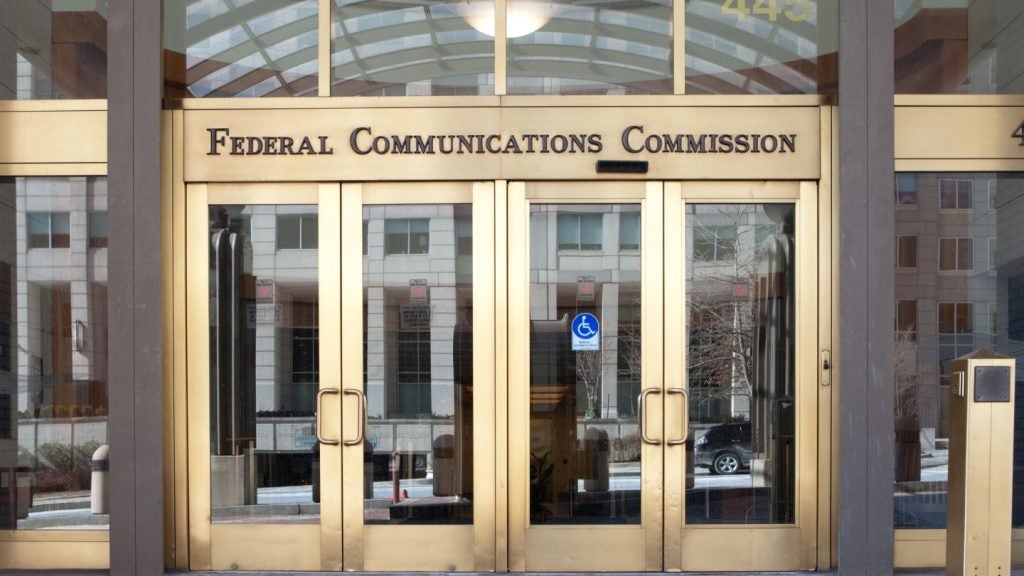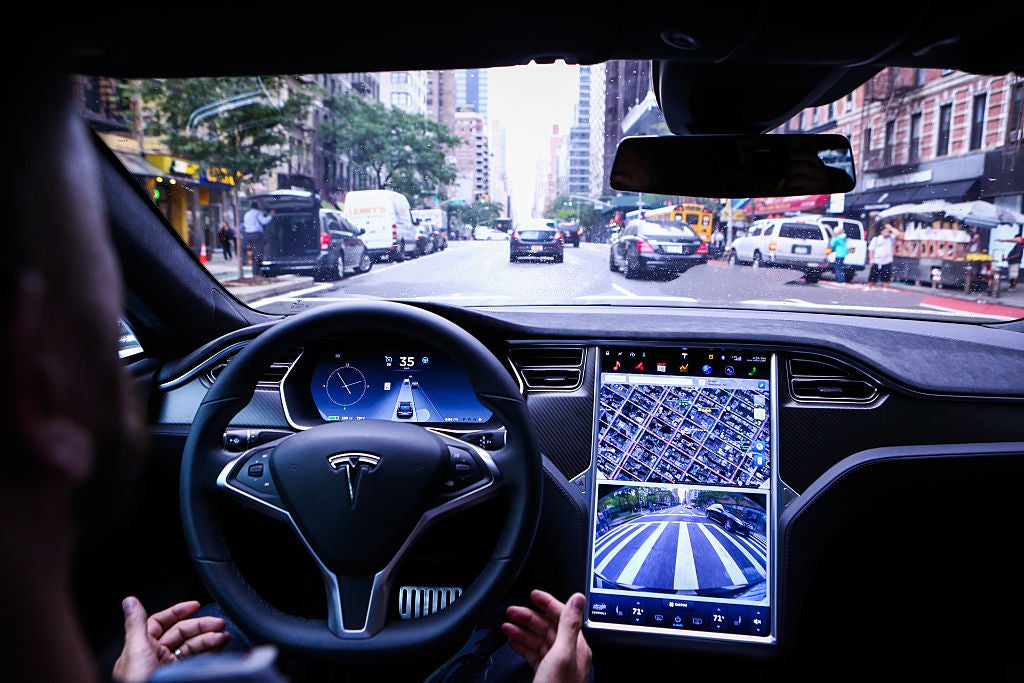NVIDIA. has filed a patent for a processor that uses neural networks to infer sequences of actions based on probability distribution functions. The processor determines the relative probability of sequences satisfying specific criteria. GlobalData’s report on NVIDIA gives a 360-degree view of the company including its patenting strategy. Buy the report here.
According to GlobalData’s company profile on NVIDIA, Variational Autoencoders (VAEs) was a key innovation area identified from patents. NVIDIA's grant share as of January 2024 was 53%. Grant share is based on the ratio of number of grants to total number of patents.
Sequence of actions inference using neural networks
The patent application (Publication Number: US20240037367A1) describes a processor and system for training neural networks to determine sequences of actions based on relative probabilities and criteria. The processor includes arithmetic logic units (ALUs) that use variational inferencing to represent sequences of actions as posterior distributions. The ALUs sample costs, determine approximate posterior distributions, sample policy parameters, control inputs, and observed states, and shift candidate posterior distributions to optimize Kullback-Leibler divergence. The system calculates parameters for neural networks by determining relative probabilities of action sequences and stores them in memory.
Furthermore, the patent application details a machine-readable medium with instructions for training neural networks based on relative probabilities of action sequences. The medium utilizes Stein variational gradient descent and kernels to factorize inputs. Policy parameters are selected based on weights, with options for selecting based on highest weight or proportional to weights. The system uses Stein variational inference procedures to approximate distributions through particle density and transform the estimation of posterior distributions into an optimization task. The relative probabilities of action sequences are determined by iteratively updating particles to match a target distribution and minimizing Kullback-Leibler divergence. Overall, the patent application focuses on utilizing neural networks and variational inferencing techniques to determine sequences of actions based on relative probabilities and criteria, with a specific application in navigating vehicles to destinations.
To know more about GlobalData’s detailed insights on NVIDIA, buy the report here.
Premium Insights
From

The gold standard of business intelligence.
Blending expert knowledge with cutting-edge technology, GlobalData’s unrivalled proprietary data will enable you to decode what’s happening in your market. You can make better informed decisions and gain a future-proof advantage over your competitors.






